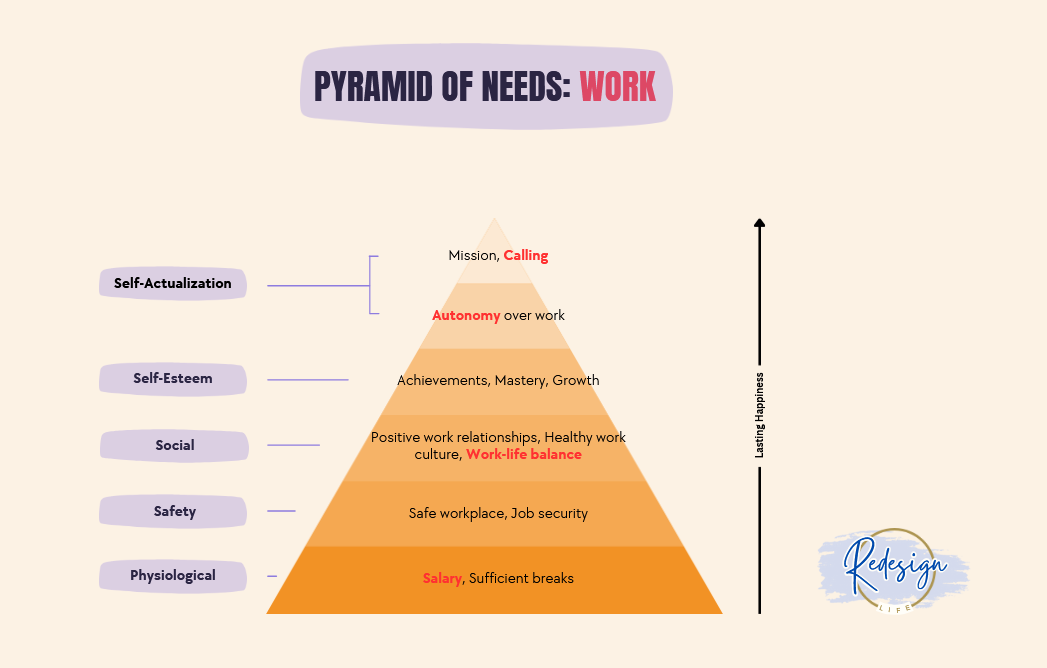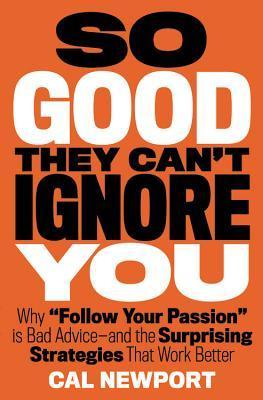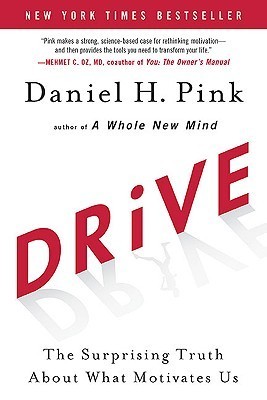Freedom Over Work: Why Autonomy Beats The 9-to-5

Imagine A young Leonardo da Vinci brimming with passion for art walking into a studio, only to be handed a rulebook.
"You must report here and paint from 9 to 5," he's told.
"You must finish one painting per week."
"Oh, and here's a list of pre-approved brushstrokes and color palettes."
Sounds ridiculous, right?
Such constraints would’ve crushed his motivation. The world would have lost out on his best works, and he probably would have quit painting.
Swap the canvas for a spreadsheet, and this is the reality for many knowledge workers today. Rigid schedules. Micromanagement. Little say in how, when, or where they work.
Autonomy (freedom to choose how, when, and where you work) isn't just a luxury; it's a necessary ingredient for lasting work happiness.
Before you dismiss this as idealism, here’s why it matters:
- For employers: A Cornell study of 320 small businesses found that those offering employees autonomy grew 4x faster and had 1/3 the turnover of those that didn’t.
- For employees: Numerous studies have found that autonomy leads to higher productivity, lower burnout, and greater well-being.
Let's explore the main aspects of work autonomy, identified by Daniel H. Pink in his insightful book, "Drive".
1) Choose When You Work: Results-Only Work Environment (ROWE)
In a bold experiment, Jeff Gunther, CEO of the software company Meddius, ditched the traditional 9-to-5. Inspired by the concept of Results-Only Work Environment (ROWE), he gave employees full control over their schedules.
- No required hours.
- Show up when they want.
- Leave when they want.
Just one expectation: get the work done.
Deadlines and sales targets still existed, but when people worked was entirely up to them. And the results? Productivity went up. So did creativity, intrinsic motivation, and overall work satisfaction.
Even more telling: retention improved. Some team members turned down offers with $20K higher salaries elsewhere. Why? Because the freedom to manage their own time was worth more.
2) Choose What You Work On: "FedEx Days"
Mike Cannon-Brookes is the CEO of a software company, Atlassian, which brings in $60 million annually and employs hundreds of people.
On a Thursday every quarter, Cannon-Brookes encourages his programmers to tackle any problem they want, completely unrelated to their usual tasks. On Friday, they showcase their work to each other over cold beer and baked goods.
These are called “FedEx Days” because everyone must deliver something overnight.
Engineers would dive into passion projects, often working late into the night. Result? Many "FedEx Days" ideas have led to successful, innovative products.
Giving employees the freedom to choose their tasks is a win-win. Workers feel energized and trusted, while employers benefit from innovation.
To cite more examples:
- Google engineers spend one day a week on any project of their choosing. This autonomy led to Gmail, the world's most popular email service.
- Physicist Andre Geim spends 10% of his time on unfunded projects that pique his curiosity. During one of these unfunded "Friday evening experiments", he discovered graphene – an incredibly thin substance 150 times stronger than steel, for which he was awarded the Nobel Prize.
Like artists, we do our best work when free from financial pressure, rigid policies, and job constraints.
3) Choose Where You Work: Work From Home
Flexibility to work from home or office is not just about convenience – it's about helping employees produce their best work.
Some thrive in an office; others in their favorite café or the quiet of home. Some recharge with a midday walk through a nearby park. Some face long commutes, while others have daycare just around the corner.
The freedom to work on our own terms boosts productivity and happiness, enabling our best work.
Companies embracing this flexibility are thriving:
- GitLab runs a fully remote operation with over 1,500 employees across 65+ countries.
- Basecamp has been remote from day one, with a culture built around focus, autonomy, and async communication.
4) Choose How You Do The Work: The Call Center
In recent years, call centers have been giving their reps more autonomy. It's easy to see why:
Traditional call centers
- Strict pre-set scripts
- Performance metrics like call time or resolution speed
- Results: employee burnout and poor customer satisfaction
Forward-thinking call centers
- Reps are empowered to use personal judgment, with no script or time limit
- Can work from home
- Results: higher job satisfaction and significantly improved customer experience.
Freedom to choose how we do the work leads to ownership, engagement, and better outcomes.
5) Choose Who You Work With: Facebook Bootcamp
Our relationship with coworkers can be the difference between an energizing and a draining workplace.
When Facebook engineers are hired, they join a six-week "bootcamp" rotating between teams. At the end, they choose which team to join based on where they felt the strongest connection and alignment.
When people can choose who they work with, they form stronger teams that perform their best.
Advocate For Your Needs
In an ideal world, employers would tailor work conditions to each person's autonomy needs.
Yet, most companies don't work this way.
That means it's up to YOU.
The realistic goal isn't complete autonomy – you just need to find autonomy over aspects of work you care about. For some, that's remote work flexibility. For others, it's how they complete the task or control over their schedule.
Before you bombard your employer with sweeping demands, remember:
- The more valuable you are to your employer, the more you can ask
- Start small
- Highlight mutual benefit
- Shift the employer's or client's focus to results, not hours
- Propose a pilot period
Creating ideal work conditions doesn't happen overnight.
Take small but meaningful steps to gain more autonomy at work.
Want to dig deeper? Check out the insightful book linked below.
Links



Do you feel like there's a big gap between your ideal and current life? That's how I felt for years until I took action. Since leaving my full-time job, I've built a career I feel deeply passionate about, made more time for my loved ones, and began pursuing passion projects (like this blog!).
I created a practical guide filled with actionable, research-backed ideas to help you build the life you want – many of which helped me on my own journey.
The guide is free for members—and signing up is free! Join now to get your copy.









Member discussion